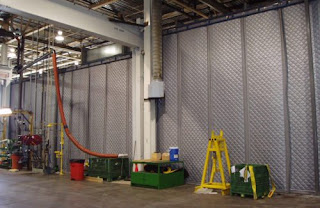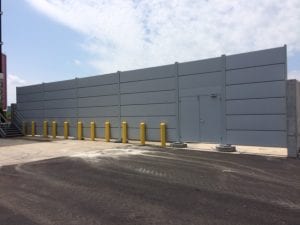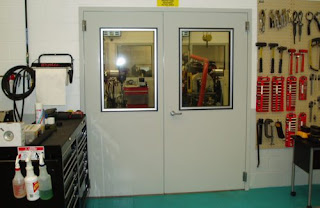How to make anechoic chambers
Anechoic chambers are a space designed entirely to absorb sound reflections and prevent noise from escaping or entering. These spaces can be of any size and they are usually used for activities that need the minimal noise interference that is possible to accomplish. People utilize soundproof chambers for recording music, or sometimes for scientific experiments that would be negatively impacted by sound.
For both safety and convenience, don’t forget that air should circulate freely throughout the room. That is specifically vital if you are planning to spend long hours of time within the space that you are soundproofing with noise dampening curtains. Before you do anything else, start by installing both an air outlet and an inlet which will keep the air within the space fresh.
It isn’t important to cover the windows completely and you might favor to have natural light coming into the chamber. Glass windows can be covered with double window glazing and sheets of tightly sealed acoustic glass to soundproof them without removing the light. You may also use a sound dampening blanket for reducing noise.
The best way to construct a soundproof chamber is according to the noise dB level chart. If you have sufficient space, and looking for a permanently soundproofed space that won’t have to be dismantled anytime soon, then you can grab some high density concrete blocks and use them to construct an inner space. The blocks should be placed on a bottom floor layer of sound insulating neoprene rubber. The inner roof can be made utilizing a lighter material like plywood in the inner space between the inner and outer rooms, use mineral wool for extra noise insulation. Keep in mind to insulate air inlets and outlets without blocking the flow and air supply. Keep in mind also your power should come in from somewhere.




Comments
Post a Comment